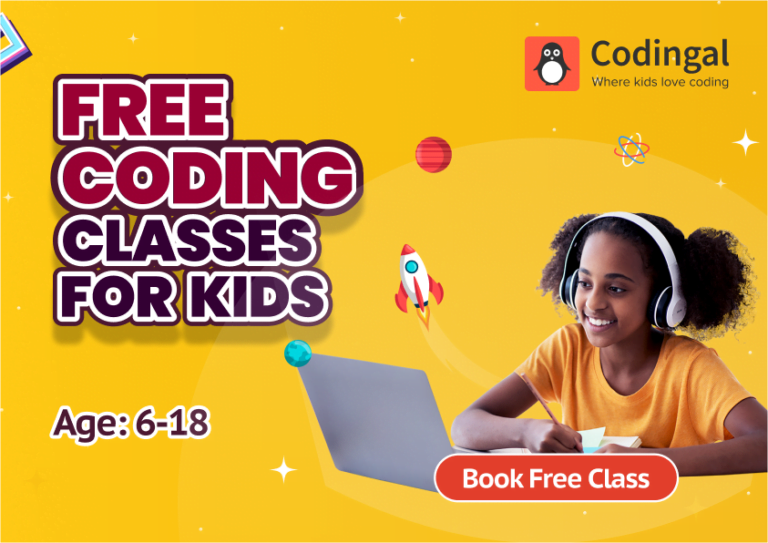5 ways To Engage Passive Students In Classroom Discussions

There are diverse strategies teachers can adopt in order to Engage Passive Students In Classroom Discussions. Whether shy, reluctant, active or motivated, every learner must be alert during instruction delivery. Classroom instructions got to be interesting at all times.
As we all know, classroom discussions have always been a necessary part of teaching. I have taught using discussions; have been a student in discussions, and also attended other teachers’ discussions many times. Some have been uninteresting, stifling or dull enough to put me to sleep. Others have been so exciting that I was sad to see them end. The difference between the two is certainly how entertaining the topic is, but also important is the level of student participation.
There are two set of students; the passive and active students. Either set should be carried along in the classroom instruction.
It’s not just enough for students to simply observe, they need to be an active contributor to produce one of those amazing discussions that end far too quickly for both the teacher and students. The worst types of discussions are the one-on-one conversation between a student and teacher, leaving the rest of the students out of the process. Most, If not all students in the class stop paying attention, and begin to fade away or disengage during this erroneous procedure.
Yeah, the active students will need little or no effort to participate in class. What then happens to the passive learners? How then can teachers engage passive students in classroom discussions?
The most interesting discussions keep everyone active, either by sharing or thinking. Even those students who barely pitch in can still participate in so many other ways.
Read also: 20 Dos And Don’ts Of Teaching
Engage Passive Students In Classroom Discussions
Here are five of my favorite teaching strategies to engage passive students in classroom discussions in a dynamic and exciting manner.
Read Also: 9 Easy Ways Teachers Get Parents involved at School
1. Lightning Rounds
Just the name “lightning round” suggests energy. You can make it even more exciting by playing around with the idea of speed, fun and excitement. Have your discussion questions ready in advance so that you can ask them faster. Short-answer questions would certainly be the best for this method. Students have about 30 seconds (or a more appropriate time that’ll suit your class) to answer.
They can either answer or skip, and no negativity is associated with skipping. Ask the questions speedily while growing the anticipation for the next question by imitating quiz show lightning rounds: “Are you set for the upcoming question? Here it comes.” Ask the question before calling on a student so that all students must be ready to answer, as they wouldn’t know who you’d pick. The lightning round should take not more than ten minutes, the approximate time that the energy begins to decrease.
2. Throw the Ball
When you ask a discussion question, you’d throw the ball to the student you want him/her to answer. With young children, you can use a beach ball and roll it to students in a circle. Older students can catch a basketball or football. This way of calling on students can either be enjoyable and full of energy, or it can be a disaster. Make sure you keep the throwing range short enough to prevent disaster. Make the rules known to the students and stop if they are broken:
- Try not to intercept the ball.
- Don’t throw the ball at another student knowingly or unknowingly.
- Do not cause chaos in the class with the ball.
Despite the potential danger with using a ball, I have seen this done with much success and huge student involvement. A variation that is far safer and fun for grades 1-3 would be to pass a teddy bear to the student who will answer the next question.
3. Group Answers
The group answers is one teaching tactic to help encourage quiet learners In Classroom Discussions. Two widely used classroom discussion technique is added together, to make discussions that involves everybody at the same pace. One is to form small groups of about two or three students. When the teacher asks a discussion question, every group has little discussions of their own to produce an answer.
Questions of complexity work best with this method, especially mathematics. Add to that, the use of small cards with each having a means of group identification. After giving enough time for each group to come up with their answer, randomly pick a card and let that group give their answer. You can also pick more than one card for each particular question. When the answer has been completed, put the used card back in the deck, so that no group can sit back and think that their turn is over.
Read Also: Top 9 Reasons to Use LMS for Business Training in Nigeria
4. Agreements
Keep each question going longer by engaging enough students in the discussion. When the first student answers a question, ask another student if he or she agrees or disagrees with that answer. Then ask another student, and keep it going until at least five, or more students have participated in each question.
5. Questionnaires
A great way to discuss extraordinary people or fictional characters is to choose someone you are studying. Break the class into groups of two or three, and have each group set up four to six questions they would like to ask that person in an interview style. All group members should agree on all the questions. Each group then passes their questions to another group so that all groups have someone else’s questions. Each group then has the job of figuring out one question in writing, with full agreement from each of the group members, and in a way they think the person might answer. Papers are exchanged until all questions are answered. Then allow each group to share their questions and the answers they received.
6. Teach with Digital Technologies
The Importance of Technology in Nigerian Education.
Quite a lot of innovative technologies exist to foster classroom engagement and discussions. This new age of ours expect that such technologies be used in classrooms, as students are already inclined to these mobile applications. The use of Learning Management System like Edmodo, Schoology, Moodle and others, should be prominent among teachers. Teachers in Nigeria can easily use the GOPIUS LMS, as it is designed to Engage Passive Students In Classroom Discussions.
One last point about great discussions: Most students can easily hear the teacher, but depending on the room alignment, it can mostly be difficult for students to listen to each other. Have you ever watched a press conference on television and you could not hear the question, only the answer? Our feedback ranges from frustration to giving up listening. Be sure to repeat student answers if any one in class didn’t hear it.
Please drop a comment! If you got a knowledge boost from this post, I encourage you to share it with your friends on social media!







